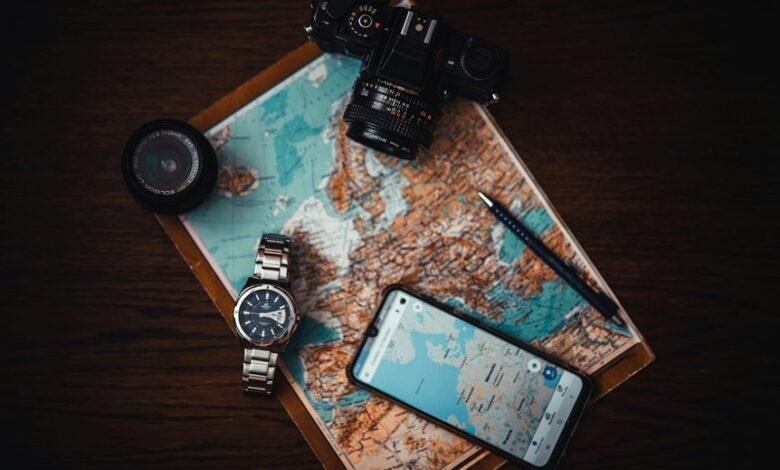The Purpose of a Business Trip Examples: How to Write It Correctly

Understanding the purpose of a business trip is crucial for its success. A well-defined objective not only guides the trip’s activities but also ensures alignment among team members. Crafting a clear purpose statement is an essential skill for professionals. Various scenarios, such as conferences or sales meetings, require distinct approaches. How can one effectively articulate their trip’s intent? Exploring examples and best practices provides clarity and direction.
Identifying the Objective of Your Business Trip
When planning a business trip, it is essential to clearly identify the trip’s objectives.
Establishing specific trip objectives aligns with overarching business goals, ensuring that time and resources are utilized efficiently.
Whether the purpose is networking, attending a conference, or client meetings, clarity in objectives enables travelers to focus efforts, enhancing productivity and maximizing the potential for achieving desired outcomes on their journey.
Crafting a Clear Purpose Statement
A clear purpose statement serves as a foundational element of any business trip, providing a roadmap for the journey ahead.
Purpose clarity is essential, ensuring all participants understand the trip’s objectives.
Effective statement structure should include specific goals, desired outcomes, and relevant timelines.
This clarity not only fosters alignment among team members but also enhances the overall efficiency of the business trip.
Examples of Purpose Statements for Different Types of Business Trips
Crafting tailored purpose statements for various business trips can significantly enhance focus and productivity.
For instance, a sales trip might state, “To secure new client contracts,” while a training trip could specify, “To develop team skills in project management.”
Other purpose examples include “To attend a conference on industry trends” or “To conduct market research for product development.”
Each statement aligns objectives with trip activities.
Best Practices for Communicating Your Trip’s Purpose
Effective communication of a trip’s purpose can significantly impact its success. Clear articulation of trip objectives ensures all stakeholders understand the mission.
Utilizing effective communication strategies, such as concise emails or presentations, fosters engagement and alignment. Regular updates during the trip can maintain momentum and clarify any evolving goals, ultimately enhancing the trip’s effectiveness and supporting a culture of transparency and collaboration.
Conclusion
In conclusion, a well-defined purpose statement is crucial for maximizing the effectiveness of any business trip. Research shows that 70% of professionals believe that clear objectives improve trip outcomes. By identifying specific goals and communicating them effectively, businesses can enhance alignment among team members and stakeholders, ensuring that every trip is a strategic investment. Crafting purposeful statements not only guides actions but also fosters a culture of accountability and success within organizations.




